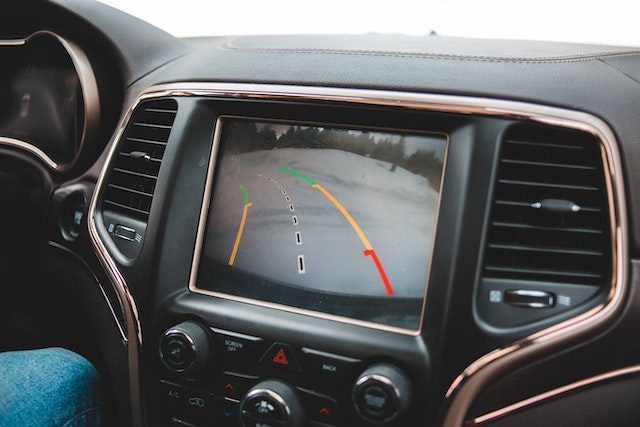

As the number of vehicles on the road increases, finding a safe and efficient parking space has become increasingly difficult. This has led to the development of various technologies to assist drivers in parking their vehicles, including parking sensors. Parking sensors use a variety of sensors to detect objects and obstacles in the path of the vehicle, and they can provide both audible and visual cues to the driver to help them park safely. In this article, we will discuss the different types of sensors used in parking systems and which ones are the safest for car parking.
Ultrasonic Sensors
Ultrasonic sensors are one of the most common types of sensors used in parking systems. They work by emitting high-frequency sound waves and then measuring the time it takes for the sound waves to bounce back. Based on the time it takes for the sound waves to return, the sensor can determine the distance between the vehicle and the obstacle.
Ultrasonic sensors are relatively affordable and easy to install. However, they are not always accurate, especially in adverse weather conditions. Rain, snow, and other forms of precipitation can interfere with the sound waves, making it difficult for the sensor to accurately detect obstacles.
Moreover, ultrasonic sensors are also not very effective in detecting obstacles that are too small or too soft, such as small poles or bushes. This can be a significant drawback, as these obstacles can cause damage to the vehicle and result in costly repairs.
Camera Sensors
Camera sensors are becoming increasingly popular in parking systems. They work by using cameras to capture images of the vehicle’s surroundings and then analyzing those images to detect obstacles. The driver can then view the images on a screen and use them to guide their parking.
Camera sensors are highly accurate and effective at detecting obstacles of all shapes and sizes, including small poles and bushes. They are also not affected by adverse weather conditions, making them a reliable option in all weather conditions.
However, camera sensors can be more expensive than other types of sensors, and they may require professional installation. Moreover, the driver must pay attention to the screen while parking, which can be distracting and potentially dangerous.
Radar Sensors
Radar sensors work by emitting radio waves and then measuring the time it takes for the waves to bounce back. Similar to ultrasonic sensors, the sensor can determine the distance between the vehicle and the obstacle based on the time it takes for the waves to return.
Radar sensors are highly accurate and effective in detecting obstacles of all shapes and sizes. They are also not affected by adverse weather conditions, making them a reliable option in all weather conditions.
However, radar sensors can be more expensive than other types of sensors, and they may require professional installation. Additionally, they may be more complex to use and may require additional training for the driver.
Conclusion
There are several types of sensors used in parking systems, and each has its advantages and disadvantages. Ultrasonic sensors are affordable and easy to install, but they may not be as accurate as other sensors, especially in adverse weather conditions. Camera sensors are highly accurate and effective, but they can be more expensive and require more attention from the driver. Radar sensors are also highly accurate and effective, but they can be more expensive and complex to use.
When it comes to choosing the safest sensor for car parking, the best option is to choose a combination of sensors. By using a combination of ultrasonic, camera, and radar sensors, drivers can ensure that they have a reliable and accurate parking system that can detect obstacles of all shapes and sizes in all weather conditions. This can help to prevent accidents and damage to the vehicle, as well as save time and reduce stress when parking in tight spaces.




